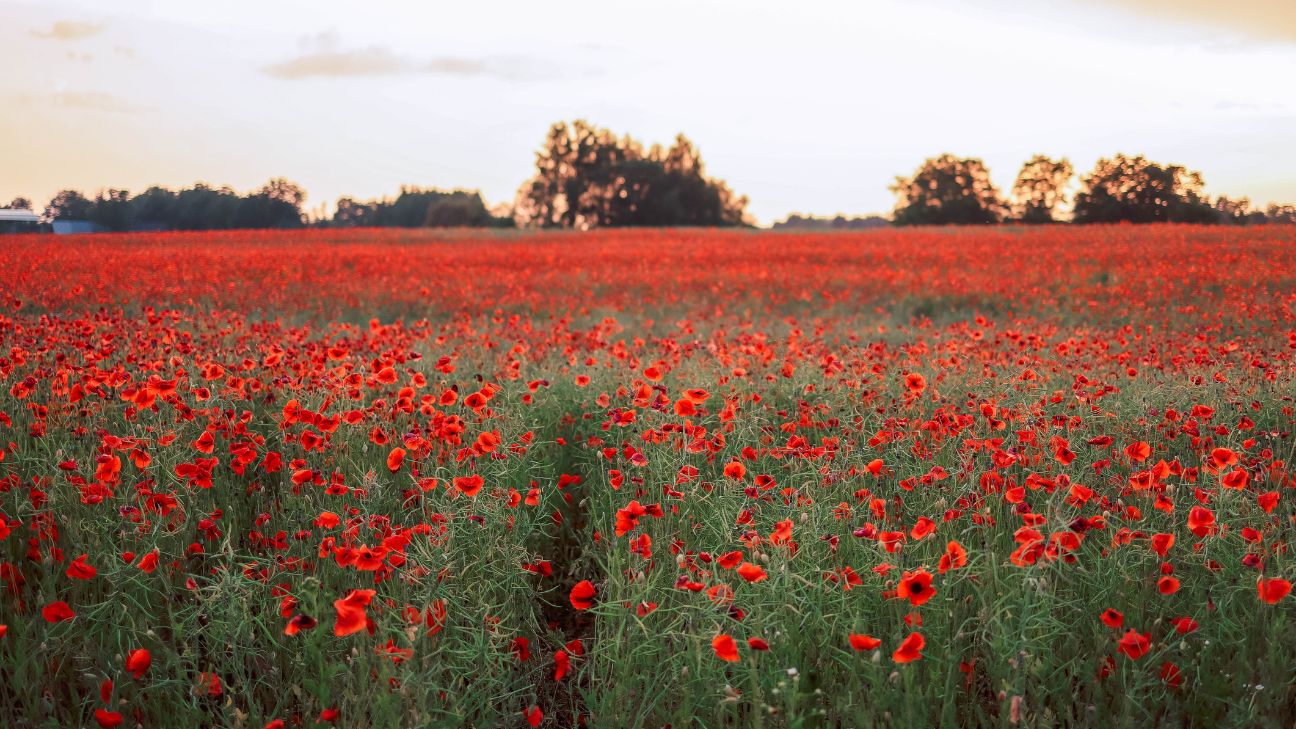What You Need to Know to Design Your Meadowscape
Successful Factors to a Thriving Meadowscape
So you’ve decided to convert your lawn to a meadowscape design! As with any other gardening venture, it will require a bit of work. Preparation is key here – the more you know before you start, the easier and more successful your experience will be.
Things to Consider While Planning Your Meadowscape Design
Sun Exposure
Just like the beautiful meadows in nature, your new meadowscape needs plenty of sun in order to thrive. Look for an area that gets at least 6 hours of full sun, or strategically locate plants according to their sunlight requirements.
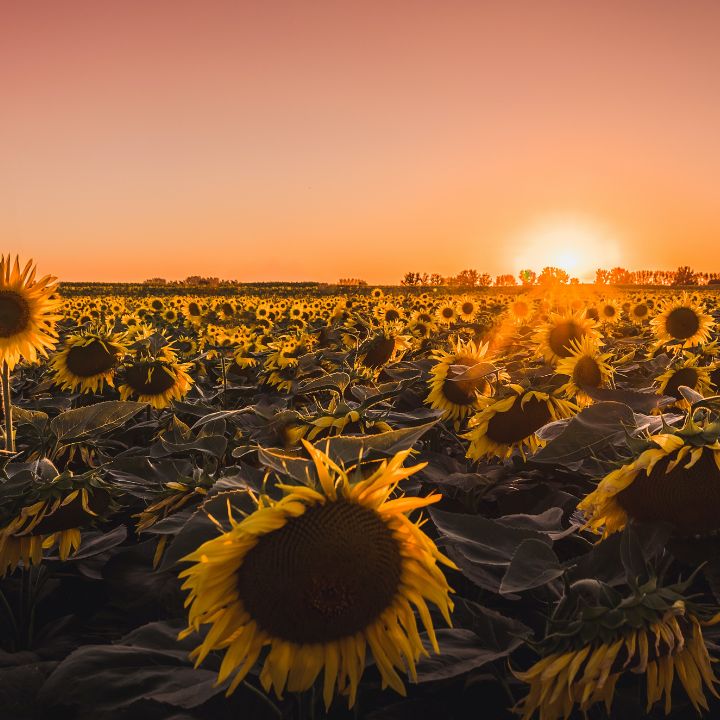
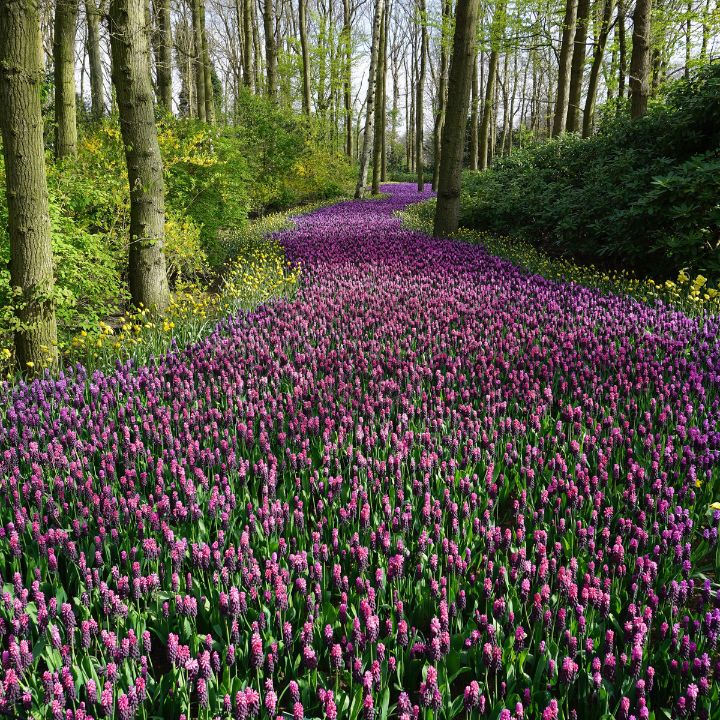
Terrain
Meadow grasses and flowers tend to do better on flatter or gently rolling landscapes. Steep slopes tend to erode faster, so it might be difficult to establish your new meadowscape.
Soil Characteristics
How is your soil? How well does it drain water? What is the soil texture? It’s not a bad idea to have your soil tested for pH and nutrients, since meadow grasses and flowers tend to do better in poor-nutrient soil. If you have a turf lawn, there’s a chance that your soil was supplemented with nutrients. These nutrients typically wash away naturally during rain, and you can help it along with periodic watering.
*To test the water draining capabilities of your soil:
Dig a 6” deep hole and fill it with water. Let the water drain, and repeat this 3 times, recording how fast it drains. Use the last drain time to determine your infiltration rate.
- Up to 1 inch per hour = Low infiltration (good for moisture-loving plants)
- 1-2 inches per hour = Moderate infiltration (a happy medium!)
- 2+ inches per hour = High infiltration (good for drought tolerant plants)
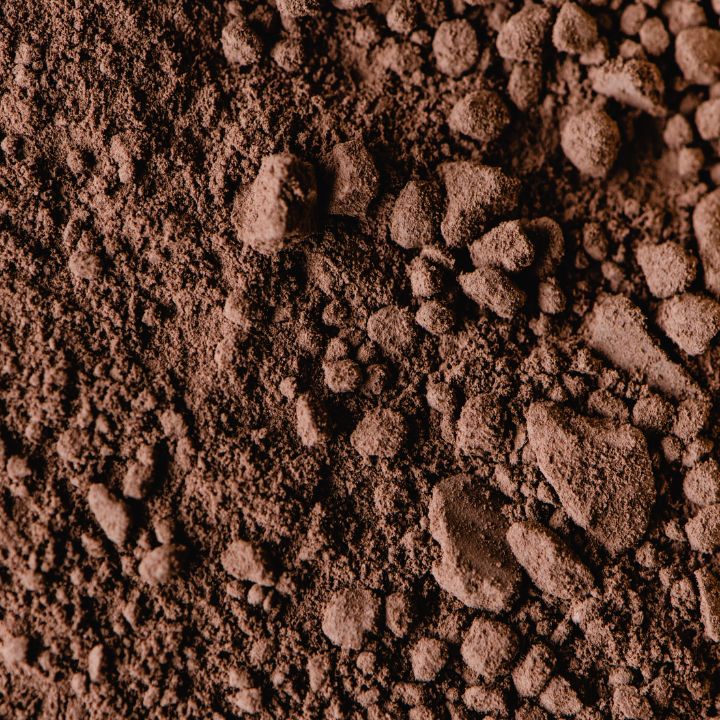
You might already know the draining capabilities of you soil based on what thrives in your yard, but this is a great way to find a baseline if you’re unsure. Based on your results, can amend your soil to change the infiltration rate, or simply use plants that thrive in your type of soil. Going with plants native to your region is the best way to go.
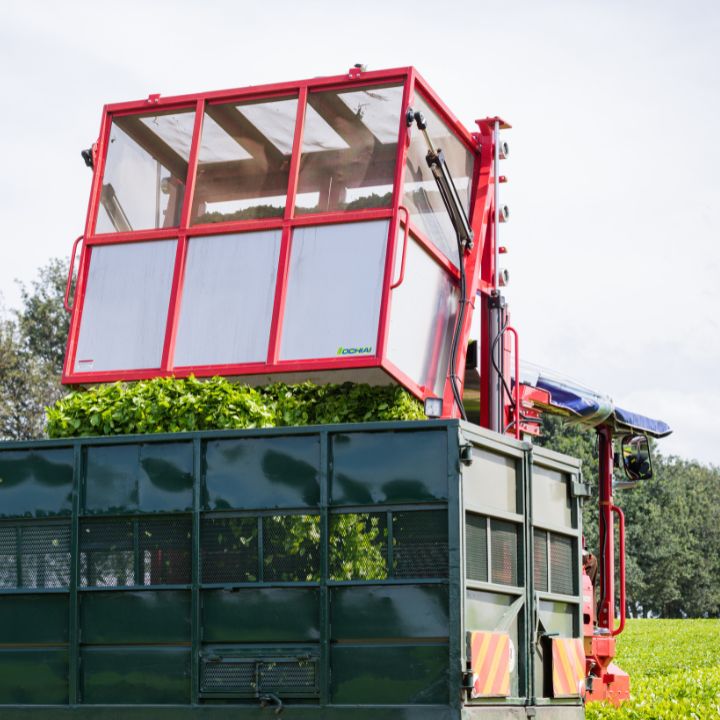
Local Ordinances and Building Codes
Some neighborhoods have ordinances against this type of landscape, so it’s best to see what the rules are in your area. It might be worth discussing your plans ahead of time and letting them know that you won’t include any invasive species. Also, if you have to remove a lot of turf or level out the surface of your lawn, it might be a good idea to have your utilities marked.
Layout
Organization is key here, otherwise your meadow garden might look overgrown. Consider using shrubs as a border and incorporating a path with a seating area. Not only will this give you an area to sit and enjoy your meadowscape, it can help it look more intentional and orderly. Clusters of similar plants are more aesthetically pleasing, and you can be creative with color schemes and textures.

Things to Consider While Selecting Plants for Your Meadowscape
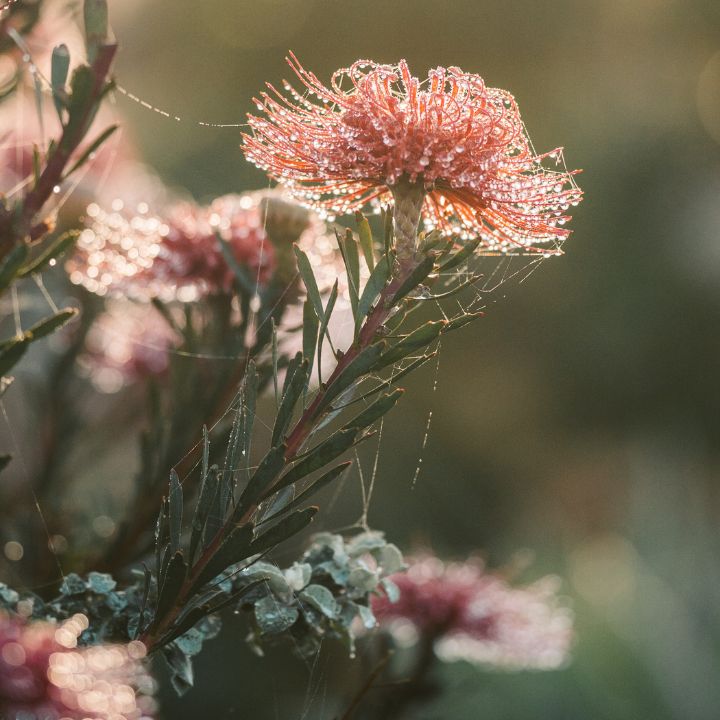
Hardiness
Wildflowers and clumpgrasses native to your region will thrive in your meadowscape, since they have adapted to the climate in your area. These plants will be much easier to grow and maintain than non-native species.
Focal Points
Pops of color and interesting textures are great for drawing the eye. You can be strategic with your placing – like pairing perennial grasses with interesting textures with annuals or wildflowers with short blooming seasons. This way, there will be visual interest that lasts much longer than the blooming season.
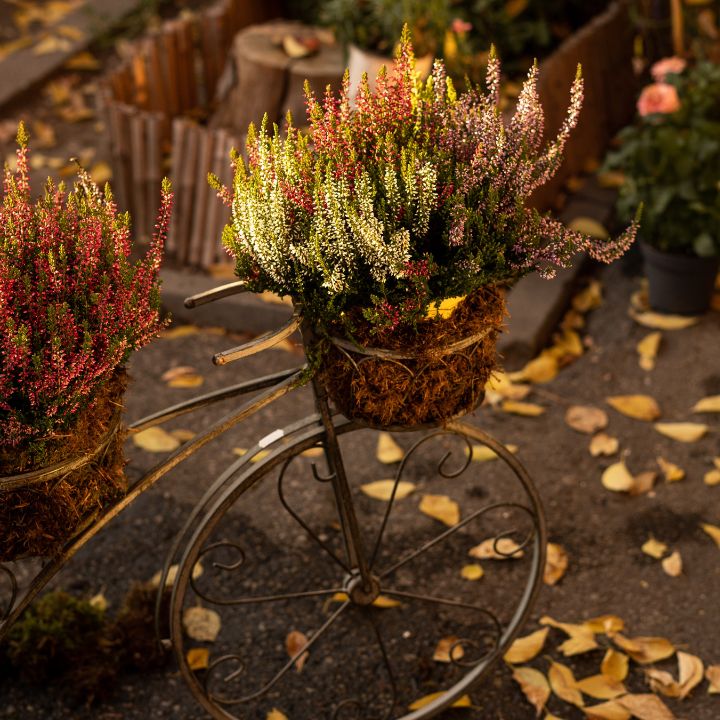
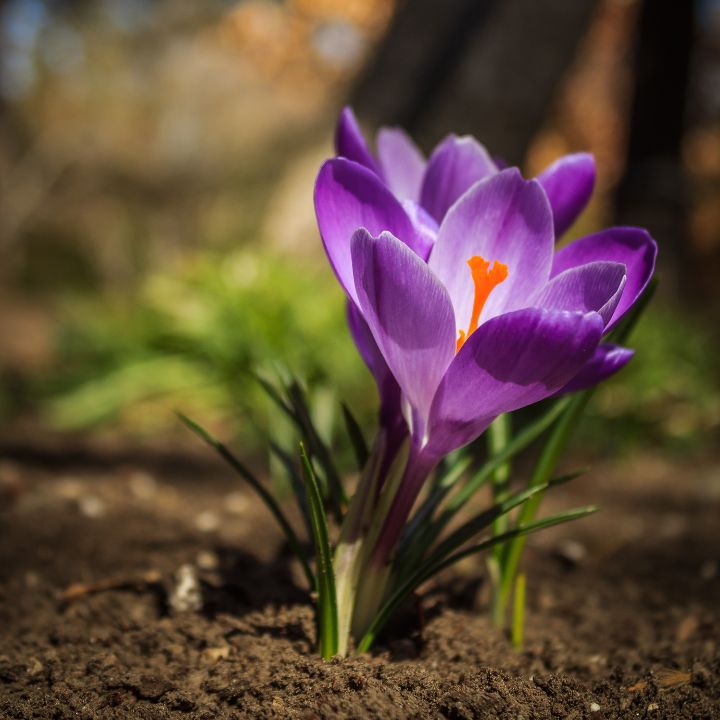
Seasonal Plants
To get the most enjoyment from your meadowscape, try plants with different seasonal peaks. Rather than grouping plants by season, consider placing them throughout the meadowscape strategically, that way there can be visual interest in the spring, summer, and fall. There are even ornamental grasses that thrive in the winter season!

